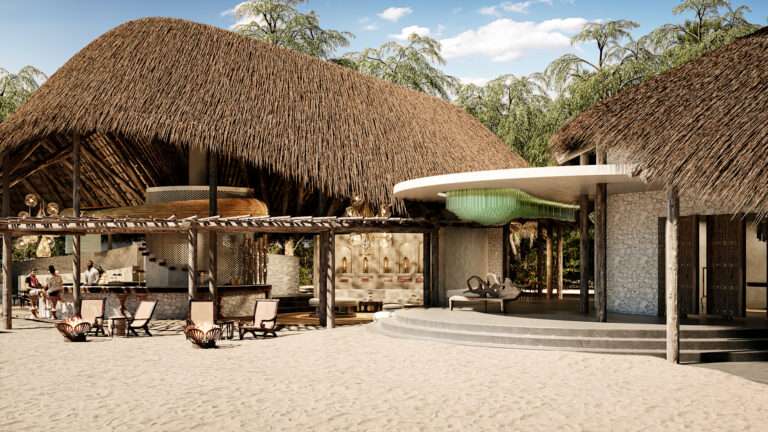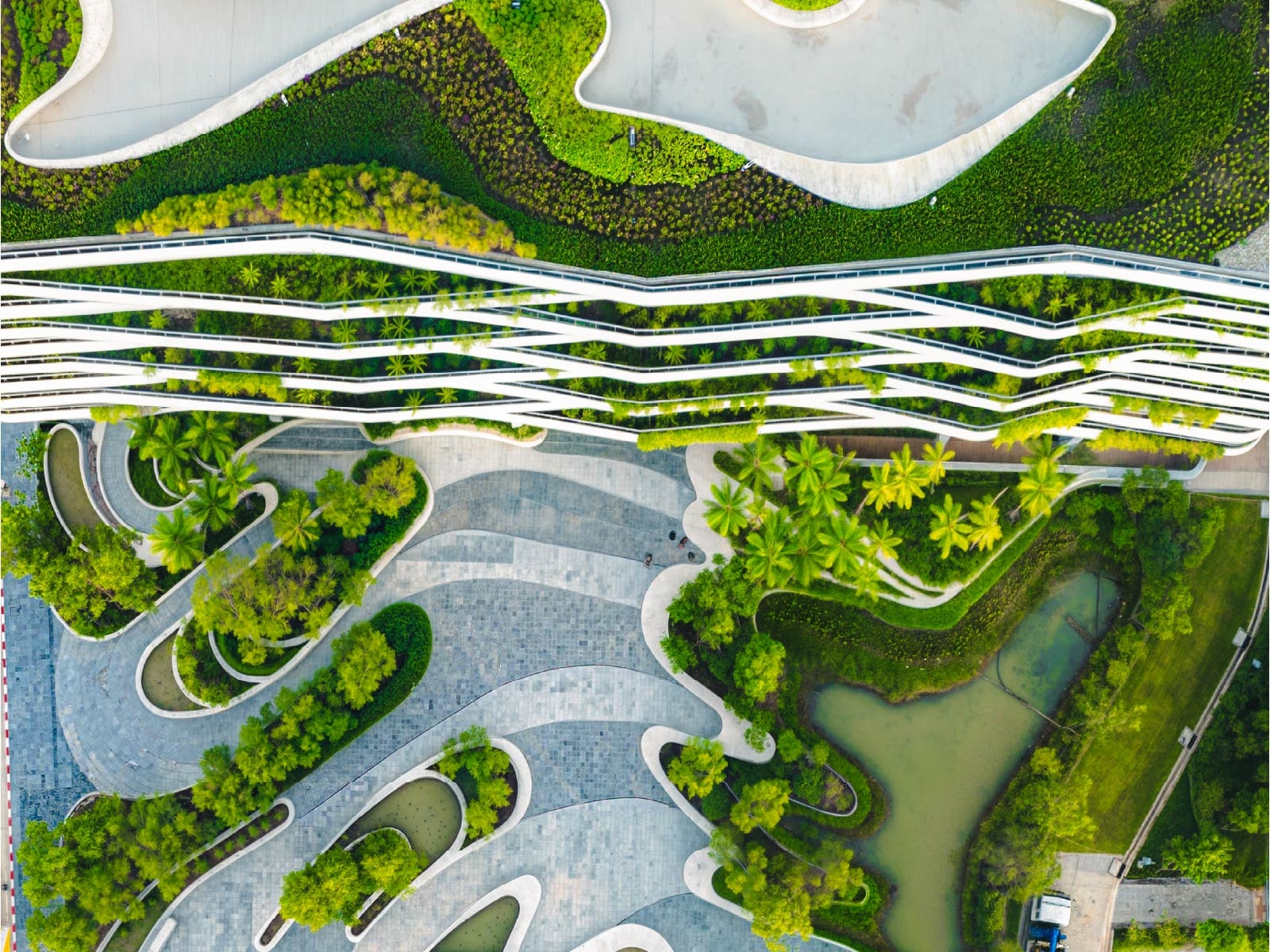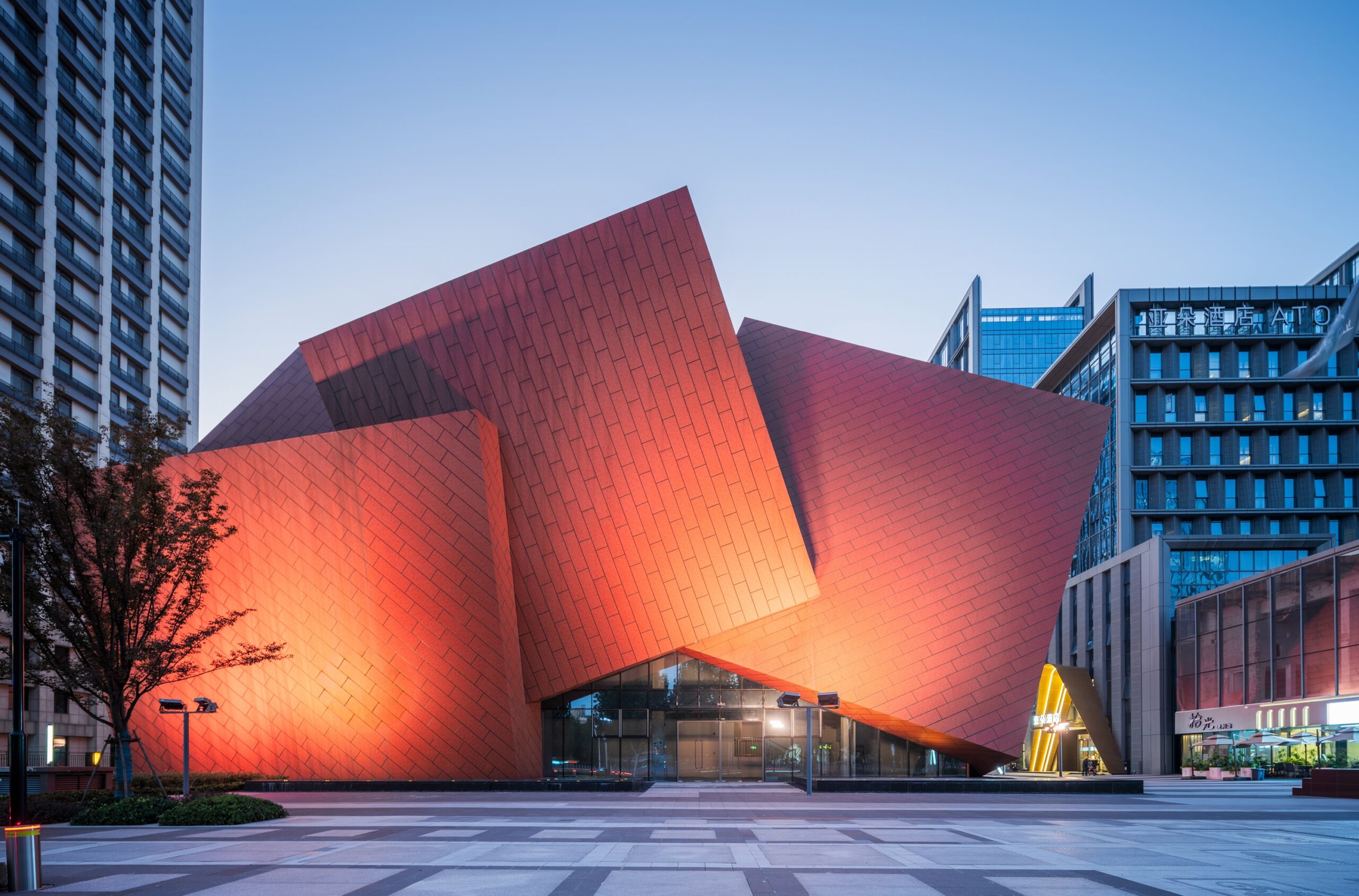Header: Frederik Missing for Zanier Hotels
Mexico, Thailand, France, and Costa Rica are all dream destinations for most people, known for their great food, gorgeous landscapes, and five-star hotels. But the world holds other spots that can only be considered hidden gems, as they sit on the outskirts of the main tourist maps and therefore don’t attract as many visitors.
Many of the hotels in these areas are mindful of how they interact with the environment and nearby communities, as these spots have immaculate fauna and flora that deserve to be preserved even if tourism one day rises. From energy efficiency to wildlife programs, eco-conscious tourism is the future, and it’s good to see that lesser-visited countries keep this in mind.
This article will explore hotels that have found the perfect balance between sustainability and great design. Whether in the mountains or on the beach, you don’t need to spend thousands on a vacation, as lesser-known destinations can offer the same luxury and comfort that places like Bali do—often for a fraction of the cost. Plus, visiting these spots helps ease the pressure tourism places on some of the world’s most fragile ecosystems.
Sao Tome and Principe, HBD Sundy Praia
Sundy Praia Lodge is located in São Tomé and Príncipe, a small African nation that has remained largely under the radar, mostly visited by the Portuguese due to their shared history. The hotel is located on a former cocoa plantation, and its whole design emphasises how luxury can still be achieved even with environmental conservation in mind.
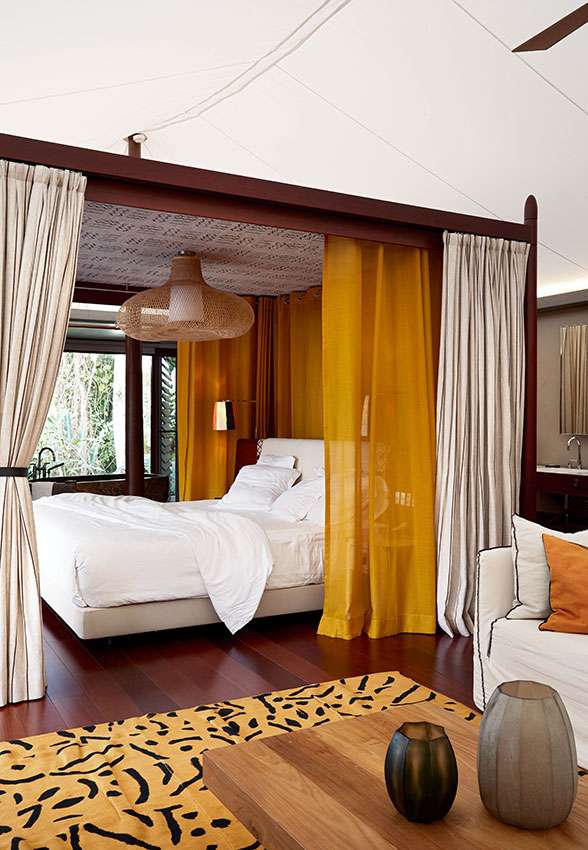
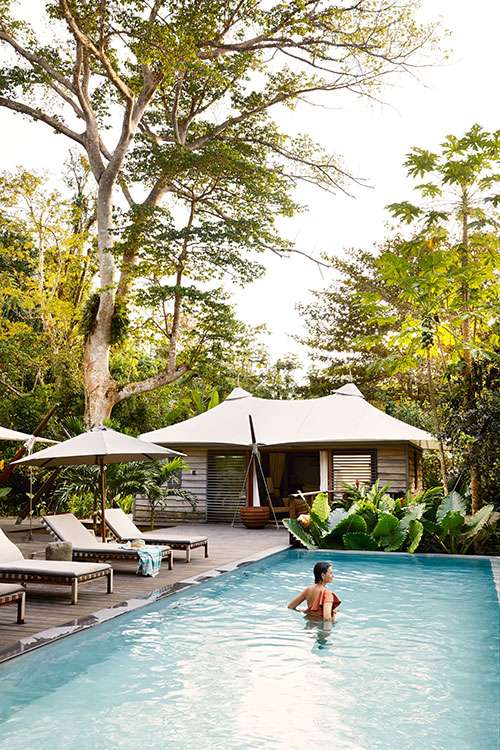
The lodge’s 15 tented villas were built using natural materials to reduce their environmental and social impact, blending local traditions with modern touches like granite bathtubs and private terraces. The location itself offers a unique mix of rainforest and ocean, providing guests with the opportunity to immerse themselves in nature without losing on modern comforts.
The lodge focuses on sustainability, putting enormous efforts into making sure that the surrounding environment, home to a diverse wildlife, sees its ecological needs met. Beyond offering luxury accommodations, the lodge also contributes to community development and conservation efforts, including educational programs and wildlife protection. Guests can enjoy guided wildlife tours and farm-to-table dining featuring locally sourced ingredients while experiencing the natural beauty and cultural richness of Príncipe Island.

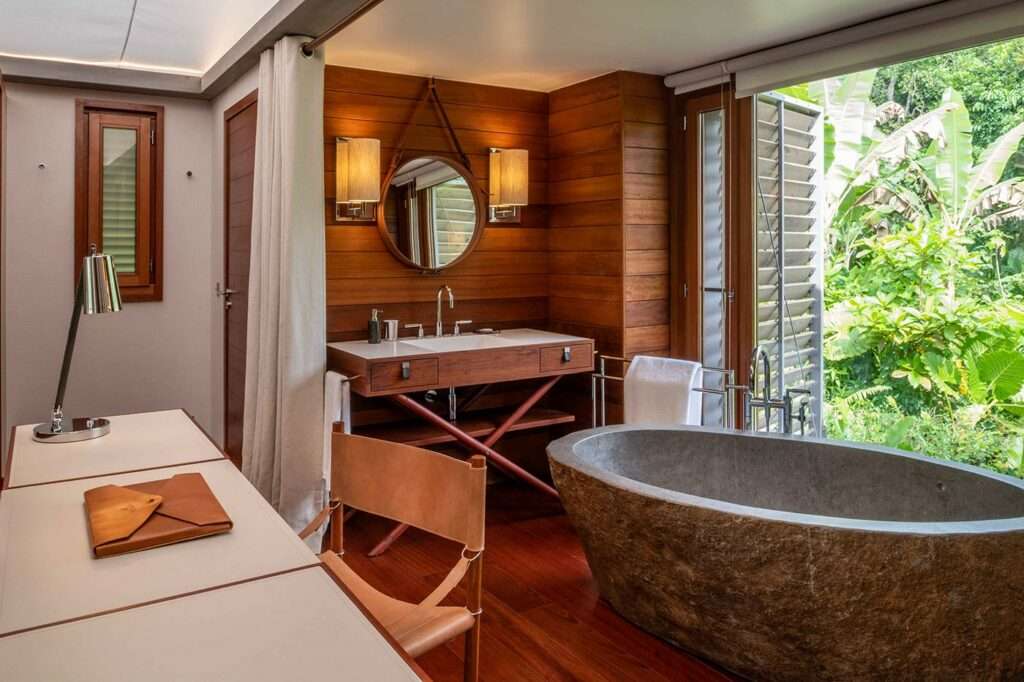
Vietnam, Zanier Hotel Bai San Ho
Zannier Hotels Bãi San Hô is located in the Phú Yên province, Vietnam, spanning 245 acres along a lush coastline. Open since December 2020, the resort’s 73 villas were designed with traditional Vietnamese architecture in mind. From stilted houses reminiscent of fishing villages to longhouses inspired by the Rade people from the Central Highlands and structures based on the designs of the Cham people native to Vietnam’s central coast, this resort is all about reminding guests of the culture that is welcoming them.
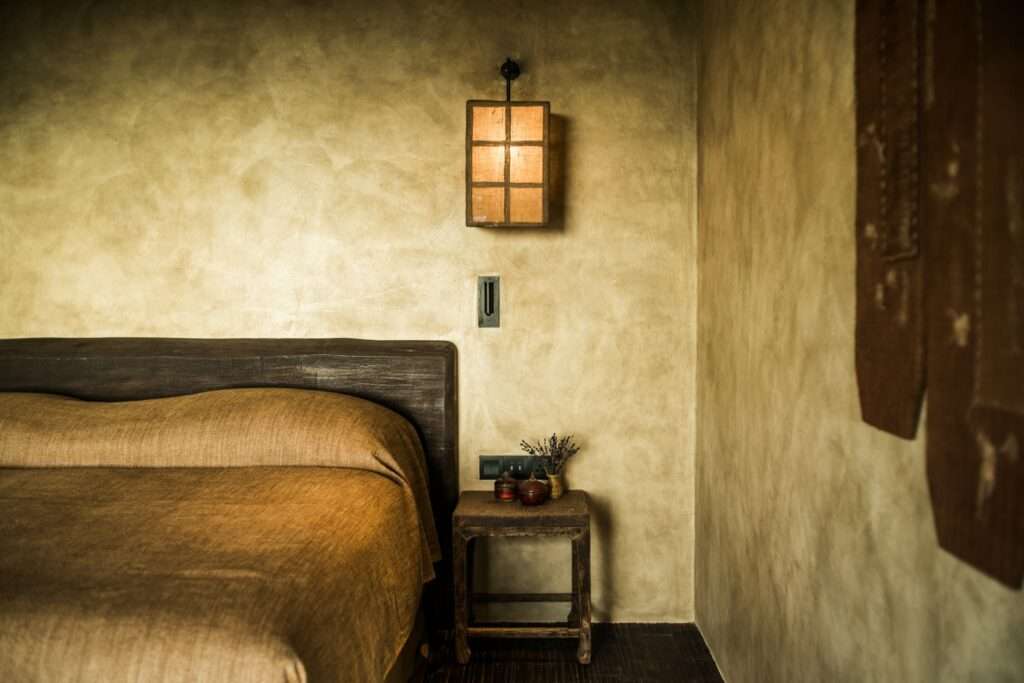
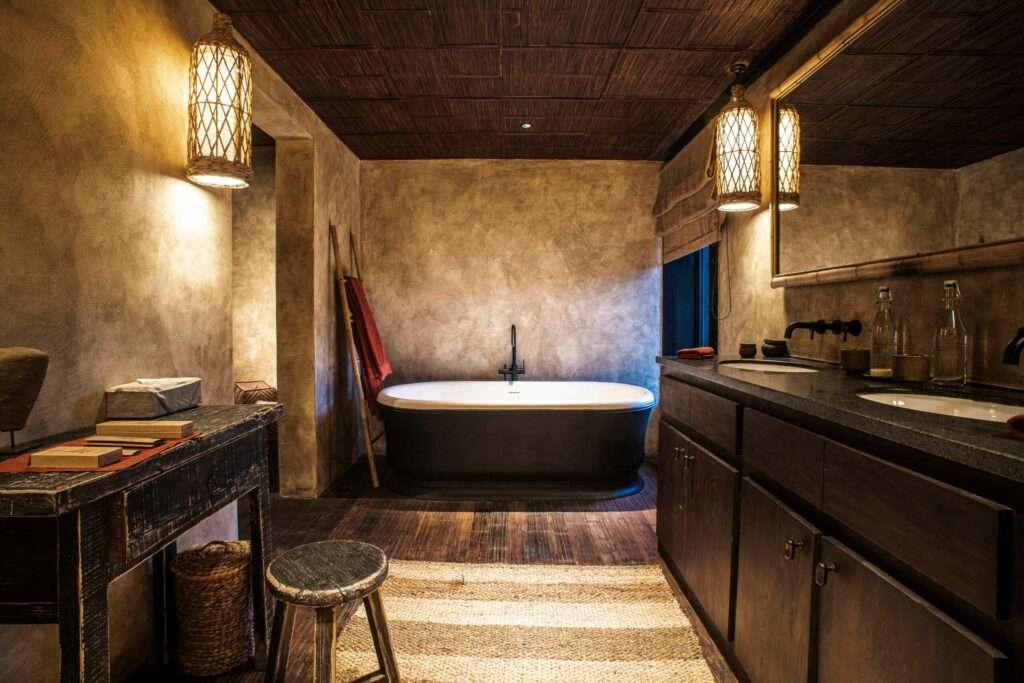
When designing the resort, sustainability was never put in second place. Local materials like wood, stone, bamboo, and thatch were used extensively in the construction, and local vegetation was given its own safe space. Over 96% of the surrounding landscape is home to several native plants, with the resort continuously working towards the reforestation of the area.
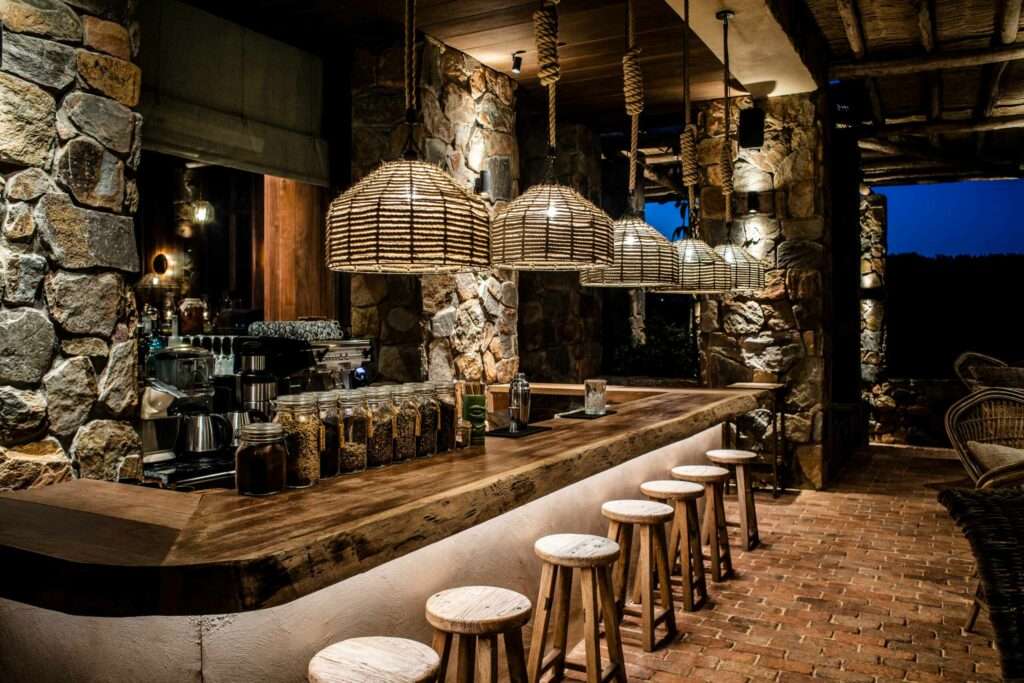

Chile, Tierra Patagonia
Tierra Patagonia Hotel is set on the shores of Lake Sarmiento, near Torres del Paine National Park, and was designed by architect Cazú Zegers. The area is known for strong gusts of wind and the harsh Patagonian landscape, so the designer decided to embed the hotel into the arid terrain through materials and lines.
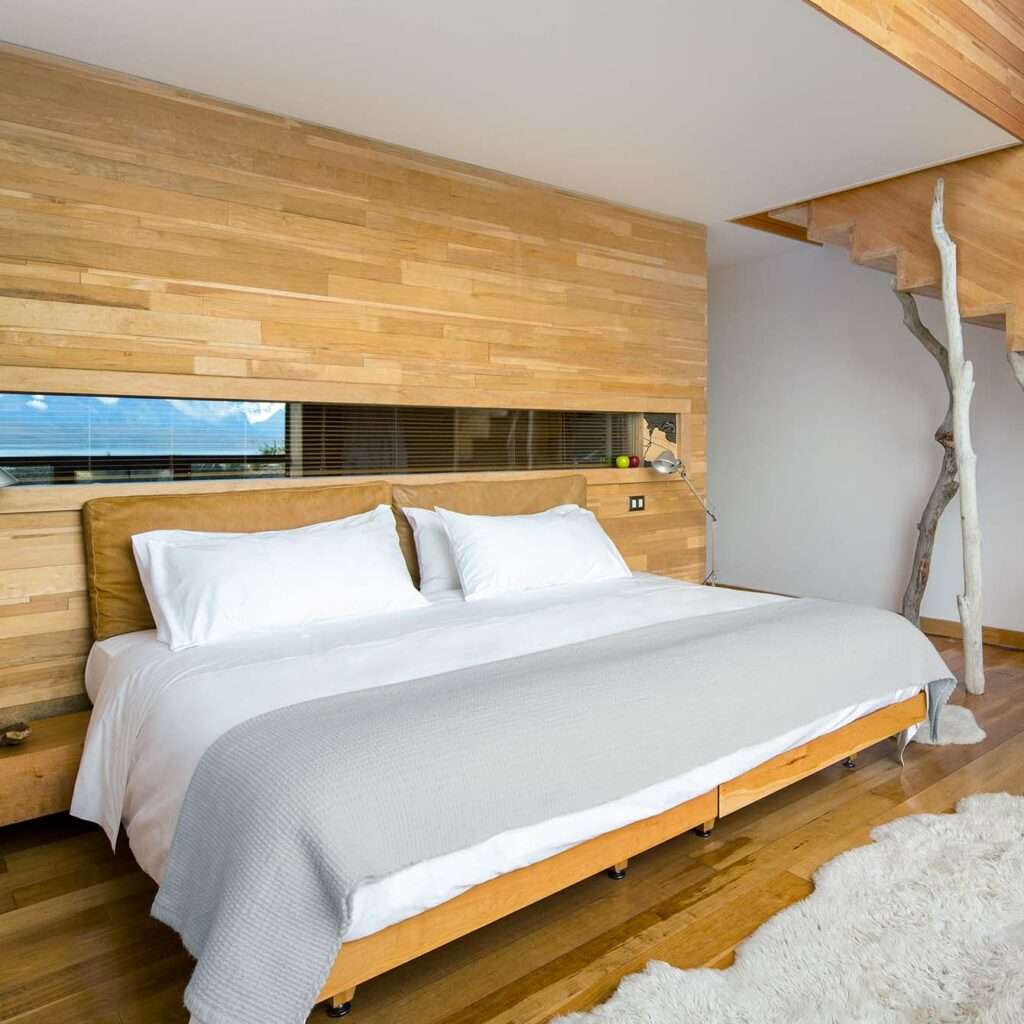

The hotel looks like a fossil peaking through the desert, a unique form specifically conceived to allow the structure to better withstand the region’s harsh winds. Constructed with lenga wood from the surrounding forests, the goal was always to let the exterior naturally weather over time, blending the hotel even more with its environment. Throughout the construction, the team decided that the best for the land would be to relocate vegetation during the building and replant it afterwards.
Inside, the hotel maintains the simple aesthetic one is met with the outside, as the designer used locally sourced materials, including wood, leather, and wool. The design had the goal to emphasise the natural surroundings without overbearing the landscape, hence the large windows that cover the entire structure. The interior spaces feature exposed wooden beams, soft wooden floors, and handcrafted furniture, acting as a bridge between guests and the unique Chilean culture and environment.
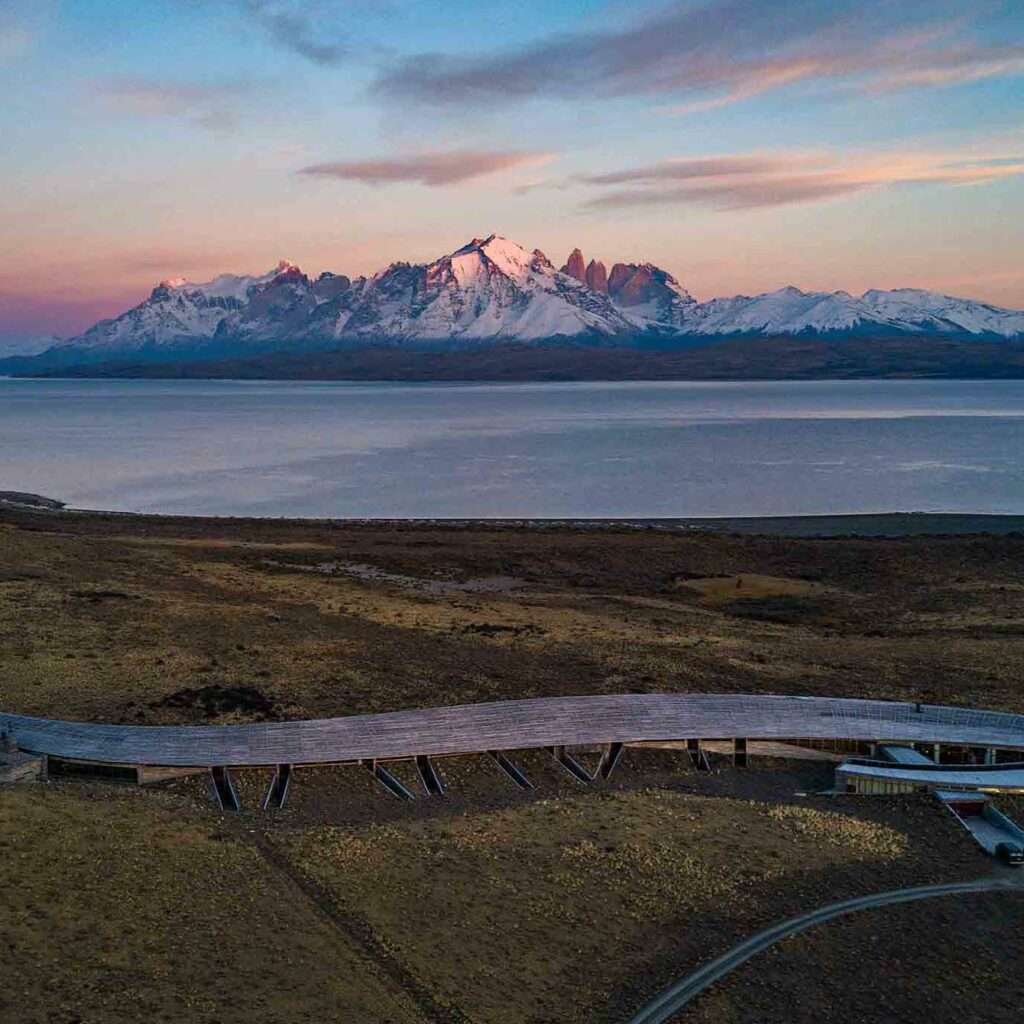
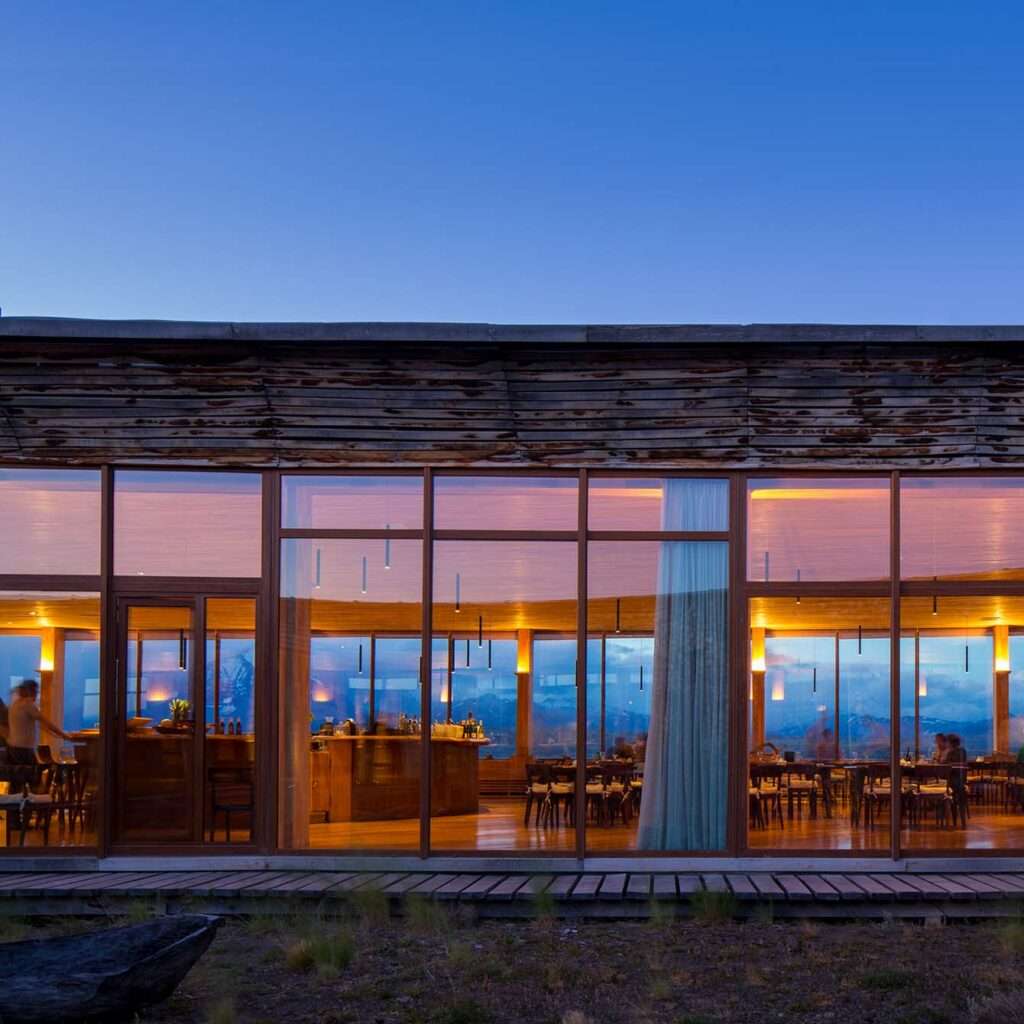
Lithuania, Hotel Pacai
The Hotel Pacai, located in Vilnius, Lithuania, is set on an impressive 17th-century Baroque palace that once served as the residence of the noble Pacai family and has been a witness to some of the most significant events in Lithuanian history. After so much happening on its grounds, the building recently underwent some renovations that focused on preserving its key historical features, such as frescoes, archways, and the central courtyard. Led by architect Saulius Mikštas, these renovations incorporated traditional materials like clay, tin, stone, and barn wood while adding modern, sustainable elements such as LED lighting and water-saving systems.
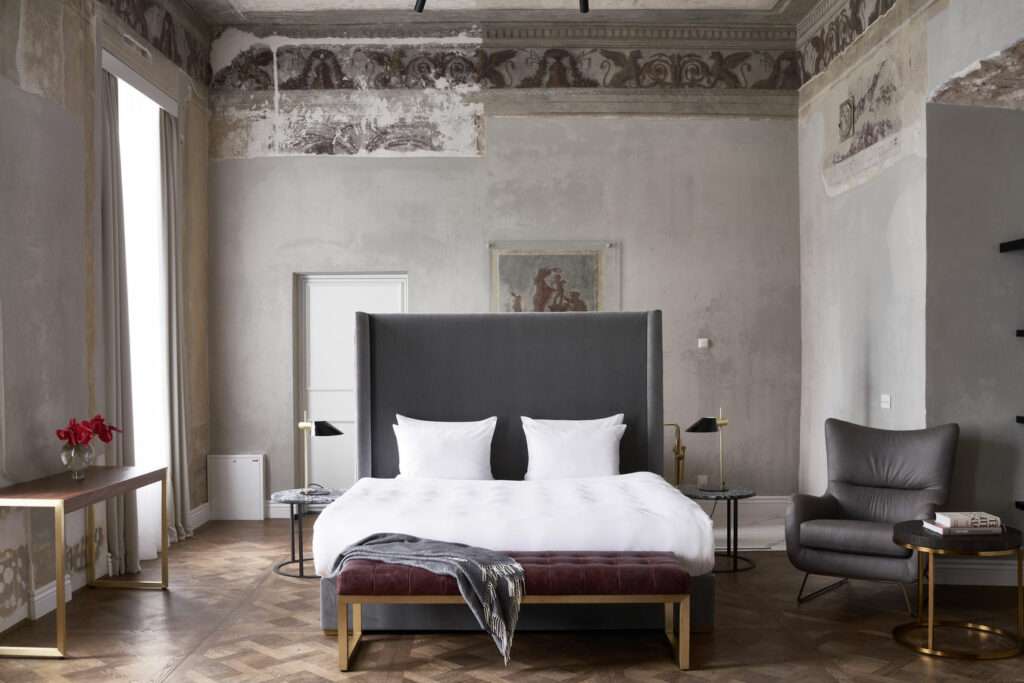

The interior design, by YES.design.architecture, can be described as classical charm mixed with contemporary minimalism, all while integrating local Baltic influences, which can be seen in the use of natural materials and a colour palette inspired by seasonal changes. The hotel is also closely connected to the local art community, hosting rotating exhibitions and supporting cultural initiatives all year round.
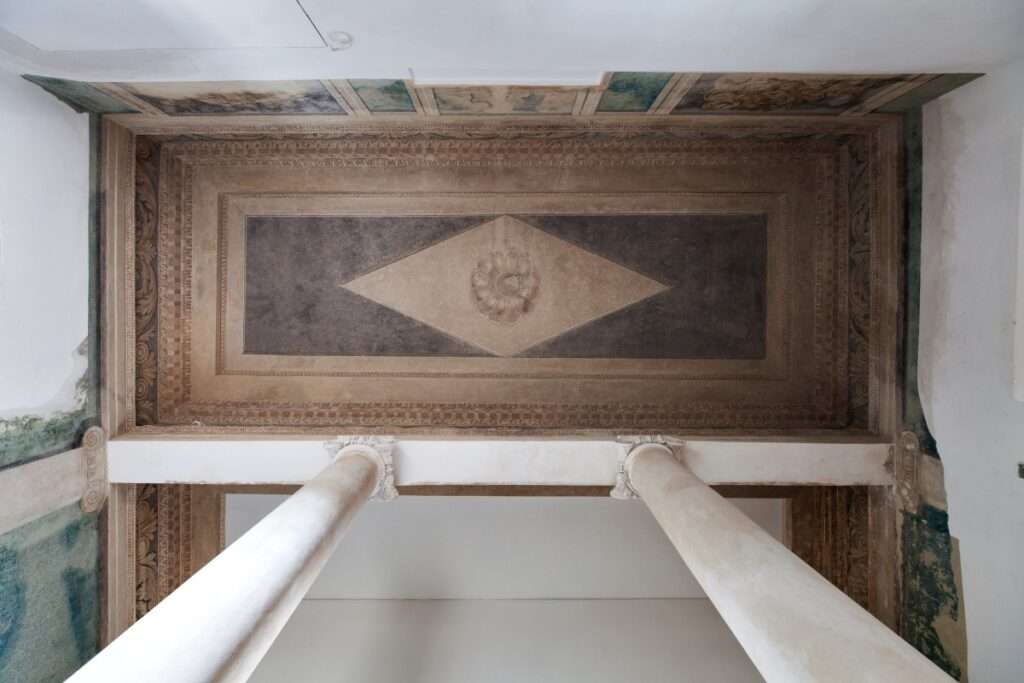
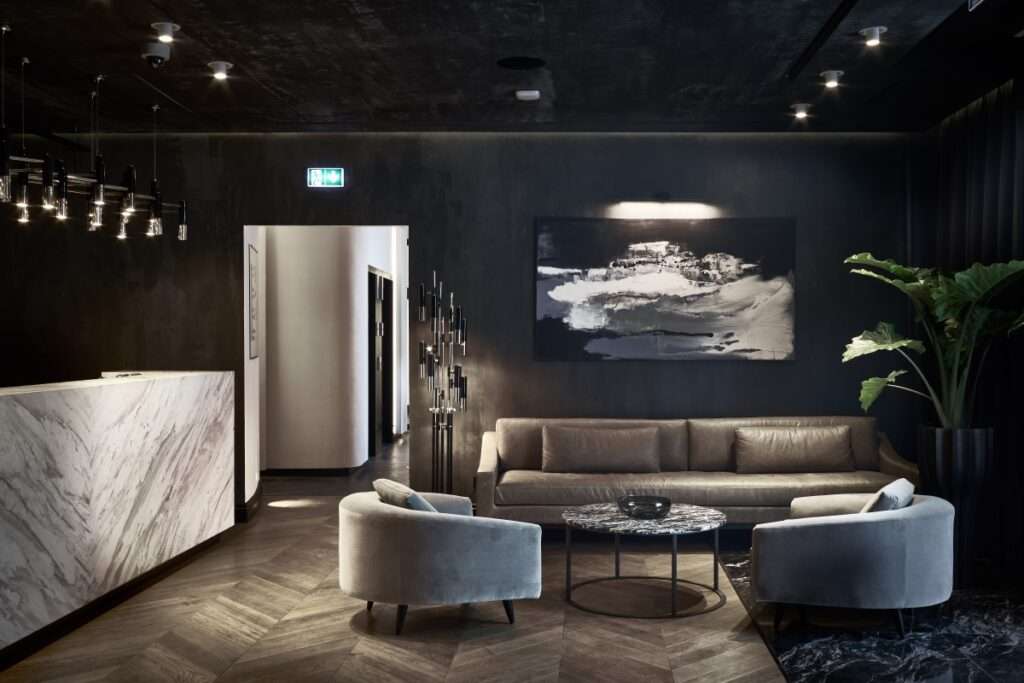
Tanzania, andBeyond Mnemba Island
The andBeyond Mnemba Island is a private retreat located just off Zanzibar’s northeastern coast and can be described as a “barefoot luxury” kind of place. The retreat offers 12 beachside bandas, including a family suite, all of which are secluded and intimate to ensure guests have the most relaxed vacation of their lives. The bandas’ design was inspired by the natural form of the nautilus shell, which helps connect guests with the surrounding environment and also acts as an ode to the beautiful island’s fauna and flora.
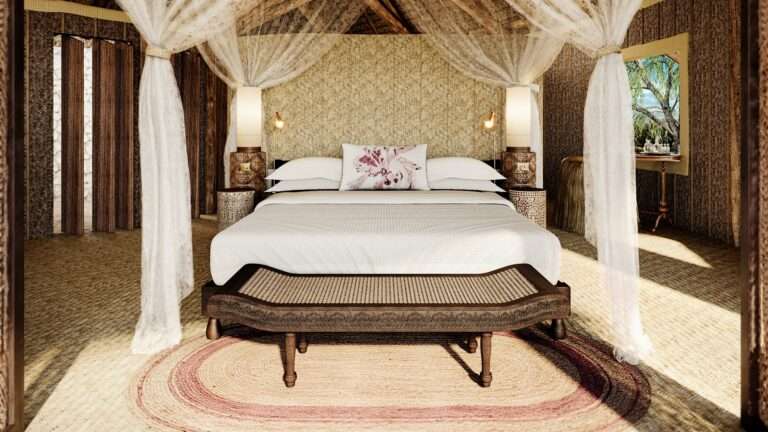
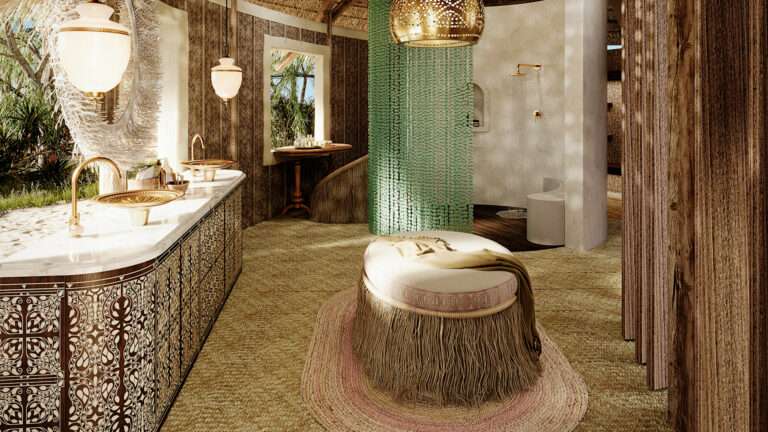
The lodge, originally constructed in the early 1990s, was designed using eco-friendly materials such as woven palm matting. In 2024, Fox Browne Creative and Nicholas Plewman Architects completed the renovation of the property by modernising the facilities, all while keeping the original design elements intact. Showing great care towards the landscape, Mnemba Island is involved in several conservation initiatives, including coral reef restoration and a turtle breeding program.
